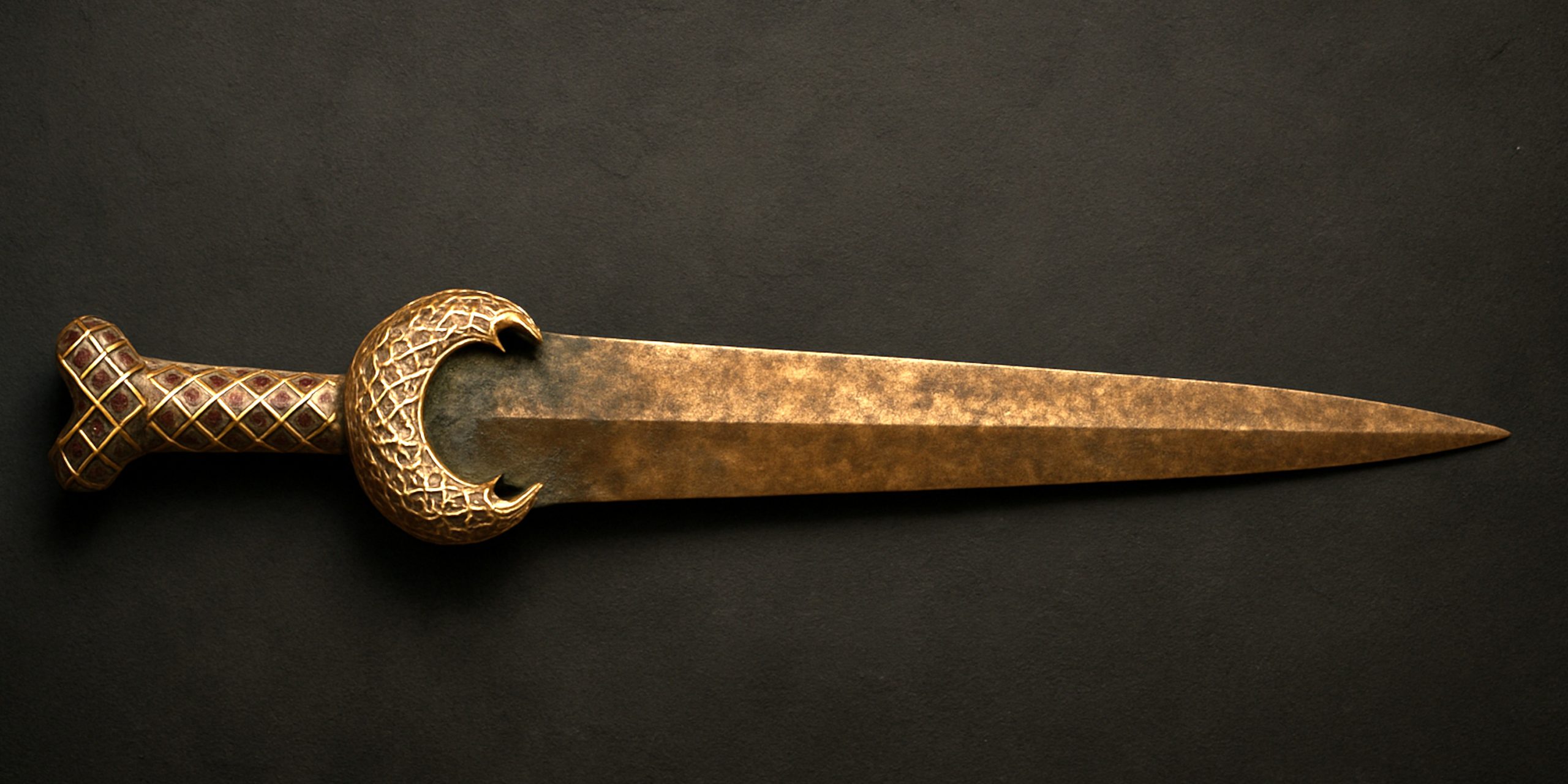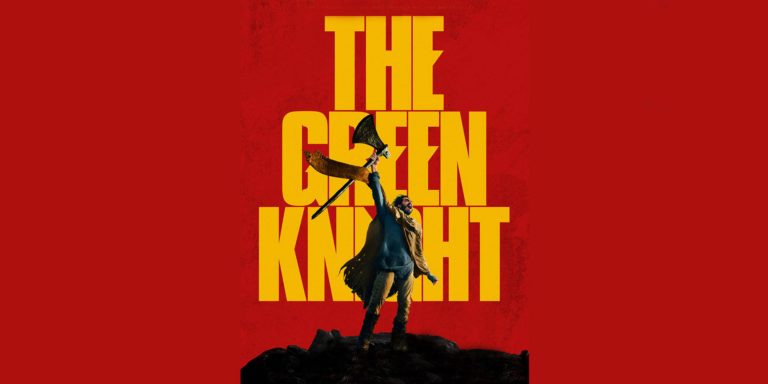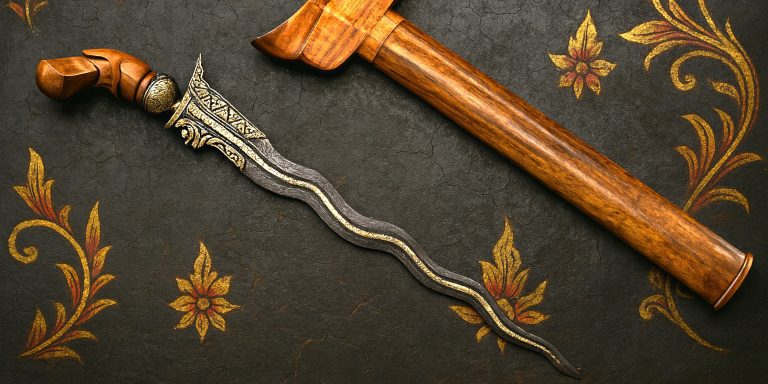
Straight bronze swords existed in Pharaonic Egypt, though they are less famous than the khopesh. Archaeology shows short to mid-length straight blades in the New Kingdom, with likely influences from neighbouring Levantine and Aegean traditions. Surviving examples are usually leaf-shaped, cast bronze, and relatively plain, with occasional high-status ornament. Museum holdings and recent finds confirm their presence; they sit within a broader Bronze Age weapon ecosystem that also included khopeshes, spears, axes, and bows.
Specification
| Attribute | Typical details from published examples |
|---|---|
| Overall length | About 50 to 85 cm overall; blades commonly around 45 to 60 cm. A Metropolitan Museum example is c. 52 cm. |
| Blade form | Straight, often leaf-shaped, cast in bronze, with a pointed tip for thrusting and serviceable edges for cutting. |
| Construction | Cast bronze blade with tang for organic grip; some high-status pieces show gold overlay or fine wire decoration on the hilt. |
| Date range | Principally New Kingdom, especially 18th Dynasty, with foreign-derived straight types appearing via contacts in the Late Bronze Age. |
| Use context | Battlefield sidearm, status display, and occasionally ceremonial. |
History and Evolution
- Origins and contacts. Egypt’s earliest edged weapons were daggers and sickle-forms. By the New Kingdom, straight swords appear, likely encouraged by interaction with Levantine and Aegean groups. Archaeological reports note Naue II-type straight swords in the Nile Delta, a hallmark of wider Mediterranean exchange at the end of the Bronze Age.
- Military imagery. Egyptian reliefs depicting foreign mercenaries such as the Sherden often show straight blades associated with Aegean styles, underscoring the mixed equipment of the period.
- Parallel to the khopesh. While the khopesh remained iconic and numerous, straight swords coexisted, filling a thrust-oriented role and aligning with broader Eastern Mediterranean trends.
- Transition to iron. As iron edged weapons became common after the Late Bronze Age collapse, Egyptian straight bronze swords give way to longer, tougher iron blades that hold points and edges better.
- Recent find. A bronze sword inscribed for Ramesses II was reported from a Delta fort context, adding to our corpus of Egyptian straight swords with royal associations.
Advantages and Disadvantages
Advantages
- Thrust capability: a centred point suits piercing through gaps in shields and armour.
- Manufacturing simplicity: straight blades are more straightforward to cast and finish than complex hooked profiles.
- Versatility: effective at both cutting and thrusting, especially in close formations.
Disadvantages
- Edge and tip resilience: bronze lacks the toughness of later iron and steel; tips can deform or snap under hard use.
- Less control features: no pronounced hook for shield manipulation, unlike the khopesh.
- Shorter reach: many Egyptian straight swords are shorter than later iron swords.
Comparison with Similar Weapons
| Weapon | What it is | Strengths compared with straight bronze sword | Trade-offs |
|---|---|---|---|
| Khopesh | Curved sickle-sword | Superb slashing and hooking; strong symbolic profile in Egyptian art. | Less efficient thrusting; more complex shape to cast and sharpen. |
| Naue II-type sword | Late Bronze Age straight sword diffused across the Mediterranean | Well-developed straight cutting blade; widely adopted; longer variants common. | In Egypt, appears mainly via external influence; not as embedded symbolically as khopesh. |
| Iron straight sword | Post-Bronze Age iron blades | Greater toughness and point retention; longer, more durable weapons. | Requires different metallurgy and supply chains; earlier ironwork could be variable in quality. |
Legacy
Straight bronze swords in Egypt reflect both local adaptation and international exchange. They foreshadow the later Egyptian and Near Eastern preference for straight iron and steel swords, and they document the fluid movement of military technology at the end of the Bronze Age. Museum pieces from Thebes and other New Kingdom contexts preserve the type and show that, while not the most common Egyptian sword, it formed a real part of the armoury.
Where to See
- The Metropolitan Museum of Art, New York. New Kingdom straight bronze sword from Thebes, 18th Dynasty, with published measurements and provenance details.
- The British Museum, London. New Kingdom bronze leaf-shaped sword with gold-overlaid hilt, demonstrating elite finish.
- Egyptian Museum collections. Cairo’s displays include Bronze Age swords; coverage varies with rotations.
- Louvre, Paris. Well-known bronze khopeshes for comparison with the straight type.
Collector’s Guide
What drives value
- Type and completeness. Intact straight bronze swords with surviving tangs or grip components are scarce and more desirable.
- Provenance and publication. Museum-deaccessioned, old-collection, or excavated pieces with paperwork command premiums.
- Ornament. Gold overlay, inscriptions, or named associations raise prices.
- Authenticity safeguards. The market has seen sophisticated composites and forgeries in ancient blades. Scientific imaging and chain-of-custody matter.
Price landscape and examples
Ancient Egyptian straight bronze swords appear less frequently at major sales than khopeshes. Where documented, prices for Egyptian bronze swords and close comparanda suggest the following order of magnitude:
| Category | Typical condition | Indicative price context |
|---|---|---|
| Fragmentary or short leaf-shaped bronze sword | Incomplete blade, no hilt | Low thousands, sometimes a few thousand USD through dealers or minor houses, case-by-case. |
| Complete straight bronze sword with quality finish | Intact blade, good surfaces, possible decorative hilt | Low to mid five figures at reputable venues when provenance is strong. |
| Named or inscribed piece | Royal link or inscription; exceptional context | Potentially much higher. A Ramesses II-inscribed bronze sword discovery suggests that, if similar items came to market legally, they would command premium pricing. |
Due diligence checklist
- Request export licences, prior collection documentation, and any lab reports.
- Favour material with old collection history or publication.
- Consider independent metallurgical analysis. Recent scientific work has exposed sophisticated composite fakes in related categories.
Practical Handling and Care
- Stability. Bronze is vulnerable to active corrosion. Maintain low humidity and avoid chlorides.
- Conservation. Leave original patina undisturbed. Any cleaning should be minimal and documented by a conservator.
- Display. Use inert mounts that support the tang and avoid stress on thin leaf-sections.
Quick Reference Tables
At-a-glance features
| Feature | Straight Bronze Sword | Khopesh |
|---|---|---|
| Primary action | Thrusting plus cut | Slashing, hooking |
| Blade | Straight, often leaf-shaped | Curved, sickle-like |
| Casting complexity | Lower | Higher |
| Symbolic weight in Egypt | Moderate | High |
| Museum frequency | Present but less common | Very common |
Timeline anchors
| Period | Relevance |
|---|---|
| Middle to New Kingdom | Emergence and use in Egypt; 18th Dynasty examples documented. |
| Late Bronze Age networks | Naue II diffusion into the Delta. |
| Early Iron Age onward | Transition to iron straight swords region-wide. |
Seven Swords Takeaway
The Egyptian straight bronze sword is a real, if less common, element of New Kingdom arms. Museum pieces from Thebes and other contexts anchor the type. Its presence speaks to Egypt’s engagement with wider Mediterranean technologies and tactics. For collectors, the category is scarce, documentation is vital, and rigorous vetting is essential.



